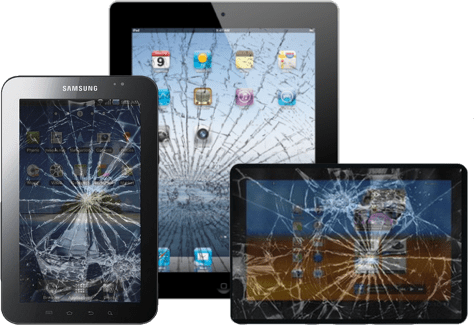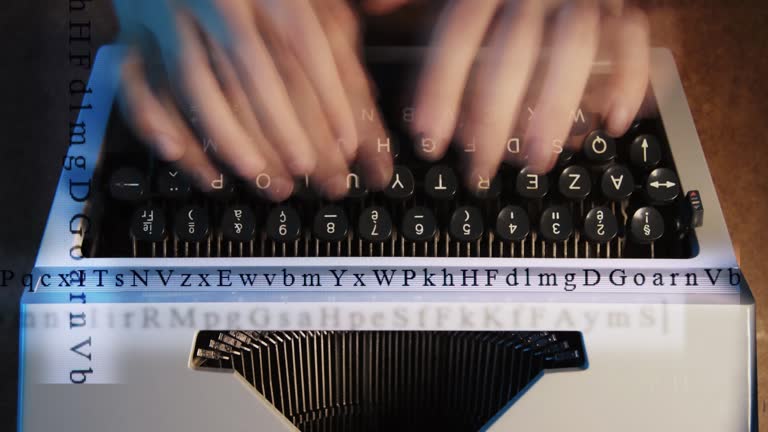Capturing underwater photos allows you to document and share the mesmerizing beauty of the aquatic world. While dedicated underwater cameras are available, many people prefer using their smartphones due to their convenience and versatility. If you’re interested in taking stunning underwater photos with your phone, this guide will provide you with helpful tips and techniques to enhance your photography skills beneath the surface.
Underwater photography with your phone allows you to capture the vibrant colors, intriguing marine life, and unique underwater landscapes. However, taking photos underwater presents certain challenges, such as water damage and lighting conditions. With the right equipment and techniques, you can overcome these challenges and create stunning images that showcase the beauty of the underwater realm.
Choosing the Right Equipment
To start with underwater photography using your phone, you’ll need some essential equipment:
Waterproof Housing
A waterproof housing is a protective case that seals your phone against water damage. It allows you to submerge your phone safely while maintaining access to the camera functions. Choose a housing specifically designed for your phone model to ensure a snug fit and reliable protection.
Floating Wrist Strap
A floating wrist strap is a valuable accessory that prevents your phone from sinking if accidentally dropped underwater. It provides added security and peace of mind, allowing you to focus on capturing amazing shots without worrying about losing your device.
Preparing Your Phone
Before diving into the water, it’s essential to prepare your phone to ensure optimal performance and protect it from potential damage.
Cleaning and Drying
Thoroughly clean your phone and remove any dirt or debris from the surface. Pay special attention to the camera lens area to ensure clear and sharp photos. Additionally, make sure your phone is completely dry before placing it in the waterproof housing to prevent any moisture from getting trapped inside.
Adjusting Camera Settings
Take a moment to familiarize yourself with the camera settings on your phone. Adjusting the settings before diving will help you capture the best possible photos underwater. Consider enabling the HDR (High Dynamic Range) mode for balanced exposure, and experiment with underwater shooting modes if available. Additionally, turning on the gridlines can help with composition and framing.
Shooting Techniques
Mastering some essential shooting techniques will greatly improve the quality of your underwater photos.
Lighting Considerations
Lighting plays a crucial role in underwater photography. As you descend, the water absorbs and scatters light, resulting in a loss of color and contrast. To counteract this, it’s best to take photos during the daytime when natural light is abundant. Position yourself to utilize the available light source, such as the sun, and avoid shooting directly into it to prevent overexposure.
Composition and Framing
Compose your photos carefully to create visually appealing images. Use the rule of thirds as a guide, placing your subject off-center to add interest and balance. Experiment with different angles and perspectives to capture unique views of the underwater environment. Look for captivating subjects, such as coral reefs, marine creatures, or interesting patterns, to create captivating compositions.
Stability and Focus
Underwater conditions can be challenging, with currents and buoyancy affecting stability. Hold your phone firmly and keep your body as steady as possible to minimize blurriness in your photos. Additionally, tap on the screen to focus on your subject before capturing the image. This ensures that the main subject is sharp and well-defined.
Taking Care of Your Phone
Proper care of your phone after each dive is essential to maintain its performance and prolong its lifespan.
Rinse with Freshwater
After your underwater photography session, rinse your phone thoroughly with freshwater to remove any salt or debris. Use a gentle stream of water or immerse it in a container of freshwater, ensuring all ports and openings are thoroughly cleaned. This step helps prevent corrosion and keeps your phone in optimal condition.
Removing Moisture
Even with waterproof housing, some moisture may find its way into the case. To remove any trapped moisture, place your phone in a sealed bag filled with uncooked rice or silica gel packets overnight. These absorbent materials will help draw out the moisture, leaving your phone dry and ready for future use.
Can I use touch screen functionality underwater?
Touch screen functionality may not work underwater due to the barrier created by the waterproof housing. To capture photos, use the physical buttons or volume controls designated for camera functions on your phone.
Can I use additional accessories like external lenses for underwater photography?
While some external lenses are compatible with underwater housings, it’s essential to ensure they are designed specifically for underwater use and compatible with your housing and phone model. They can enhance the versatility and creativity of your underwater photography.
How to Use Your Phone for Underwater Photos?
With the right equipment, proper preparation, and the application of essential techniques, you can capture stunning underwater photos using your phone. Remember to choose a suitable waterproof housing, clean and dry your phone thoroughly, and adjust camera settings accordingly. Focus on lighting, composition, and stability while shooting, and take care of your phone by rinsing it with freshwater and removing any trapped moisture. By following these guidelines, you’ll be able to document your underwater adventures and share the mesmerizing beauty of the underwater world with others.
information source: https://costaricadivers.com and https://mantarica.com














